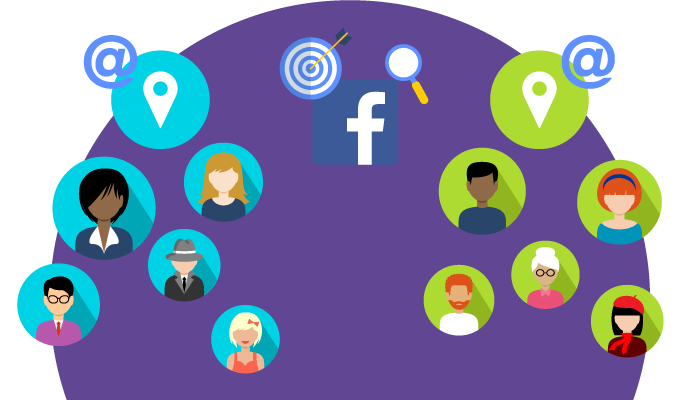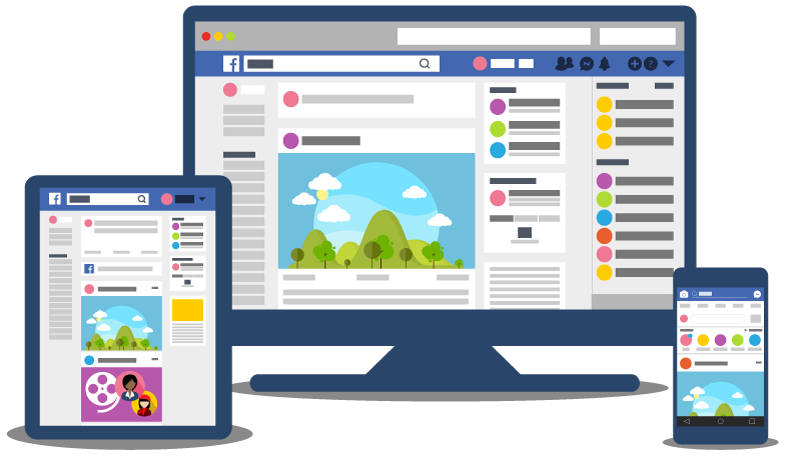Audience optimisation for posts tool

Facebook and Instagram's Audience Optimisation Tool is designed to benefit your business in two primary ways – to help reach the people most likely to engage with content; and to provide better metrics to understand which groups of people engage and in what ways. Facebook and Instagram's s Audience Optimisation Tool enables you to tweak your business page to be able to reach organically as far as possible into the right people and ultimately their pockets. If your page has more than 5000 followers you will automatically have this feature turned on. If you have less than 5000 you need to manually enable it, this is done by heading to your settings tab, then under the ‘general’ setting choose ‘audience optimistion for posts’ and turn the feature on. Ok, now you’re ready and set to optimise, so what’s next?
Preferred audience
Now you get to choose your preferred audience. These are people that you would like to reach in your news feed. Note the subtle nuancing of language here – LIKE TO REACH, not guaranteed to reach. That they will actually see it when you boost the post isn’t guaranteed. Within this selection you can nominate audience interests and narrow your viewing population. By using the preferred audience selections, you are indicating the profiles of people who you most want to see your feed: fans and followers with particular interests.
An assumption is being made here that you have done the work on your demographic and are clear on the types of activities that represent who your key customer is. If you haven’t got a good handle on that, then best you spend some time drilling down into who it is you are trying to attract. You will need and use this information across all your Facebook boosting and posting, so it is time well spent. Knowing what to list to refine your target group further enhances your chance of getting your post in front of the person you are making your critical call to action to. Interests are broken into primary interests, categories like 'Food and Drink' which then have sub categories like 'Wine, Craft Beer ' etc. Make your selections then name your ad and hit save. You can keep using these lists over again which is convenient if you are regularly boosting posts or creating ad sets. In setting up your preferred audience you can also use audience restrictions, these set limits on things like age bracket and language to make sure you aren’t wasting resources on groups unlikely to click for more.
Of course it wouldn’t be Facebook without some confusion. This is where the category audience insights comes in. If you have read the Audience Insights Pro Series Factsheet you might be doing a double take. But this is the other audience insights opportunity in preferred audience not in Ads Manager, which will give you some insights into how your preferred audience as determined by your tags are interacting with your post, allowing further refinement.
Tagging

The final icing on your optimisation cake is tagging. You may have seen some automatic tag suggestions come up when you have been putting up new posts. You can use up to 16 of these tags per post, and Meta recommends that you tag the people you want to read the post, rather than the content that the post relates to. Meta also recommends the use of broad and narrow tags to nab the widest possible relevant audience, while still not using massive generics. An example would be for a boutique pet coat manufacturer to not use ‘dogs,’ or ‘pets’ but to use the breeds they create for: 'Whippet' 'Poodle' 'Pug' 'French Bulldog' 'Dog Coats' 'Pet Wear'. If your post has local relevance, make sure you tag the region or location as well, but if you want broad appeal, leave this out to reach a bigger market.
Audience optimisation key messages
Optimising your audience on Facebook and Instagram matters, and it is worth the time and learning curve to get intimate with optimisation and really know your customer behaviour on this channel. To bring the message home, here are the four big takeaways about Audience Optimisation for you to digest then implement:
- Consider the relationships and opposites of interest tags rather than the obvious ones. For example if someone likes a farmers market, they may also like other niche creatives and makers, and have an interest in industrialised food production and animal welfare/rights. By experimenting with all of these tags, you can net a range of people that may have not come in through the blatant channels.
- Test your Audience Restrictions such as age or location and measure where there are spikes and dips in responsiveness. This helps you question your own assumptions about who is engaging with your brand, and you may well find that a few years up or down in demographic makes a significant difference. Likewise, check out what location can do for you, these types of trials will challenge and validate the brand work you have done, and deepen your own insights.
- Relate the Optimisation feature to your scheduling, and then consider this in the light of what you are learning about your demographics. Does the time of posting actually make a difference? Could the scheduling be optimised to enhance the engagement volume from a particular segment you have been working with? Bringing together all of the different elements of your posts will eventually show clear patterns of engagement that convert through to clicks and purchasing.
- And on that note, while you are testing and trialling don’t forget to measure. Audience insights is a free source of data to direct your demographic choices for paid campaigns. The gold in all of the complexity of Meta business manager backend is the data and what it can reveal about who engages with your brand. This is free data analytics but of course your time is worth money. Invest some of this time to set up week-on-week or month-on-month graphs to map your progress and use them as you go.

